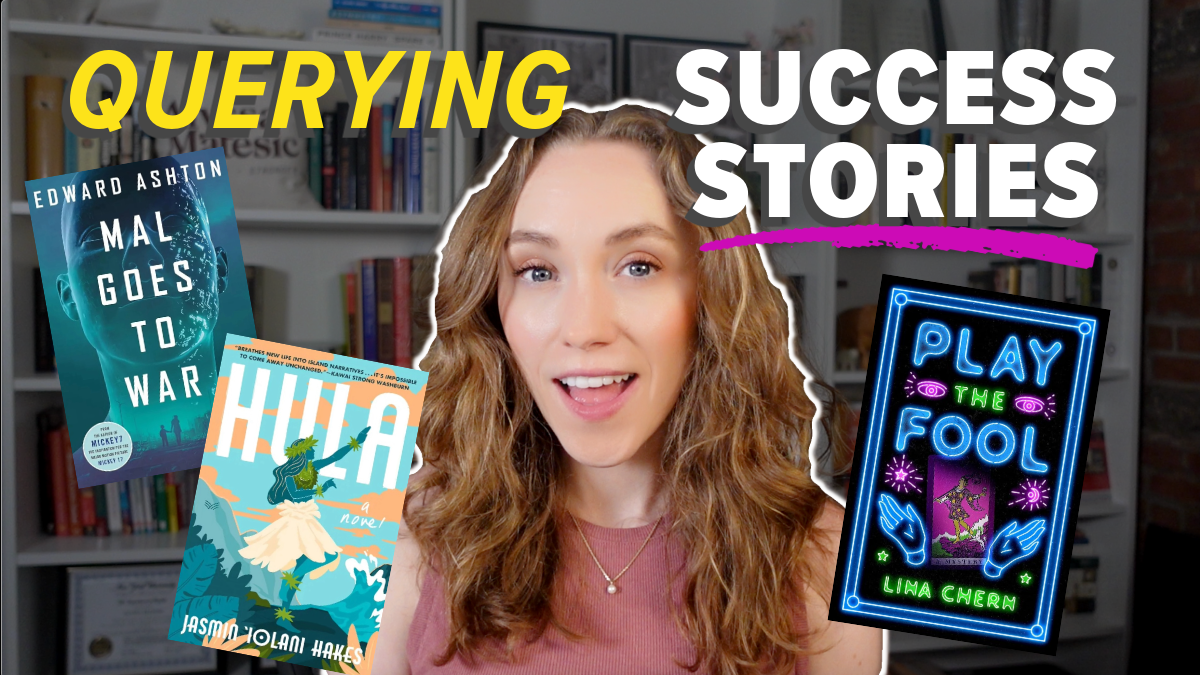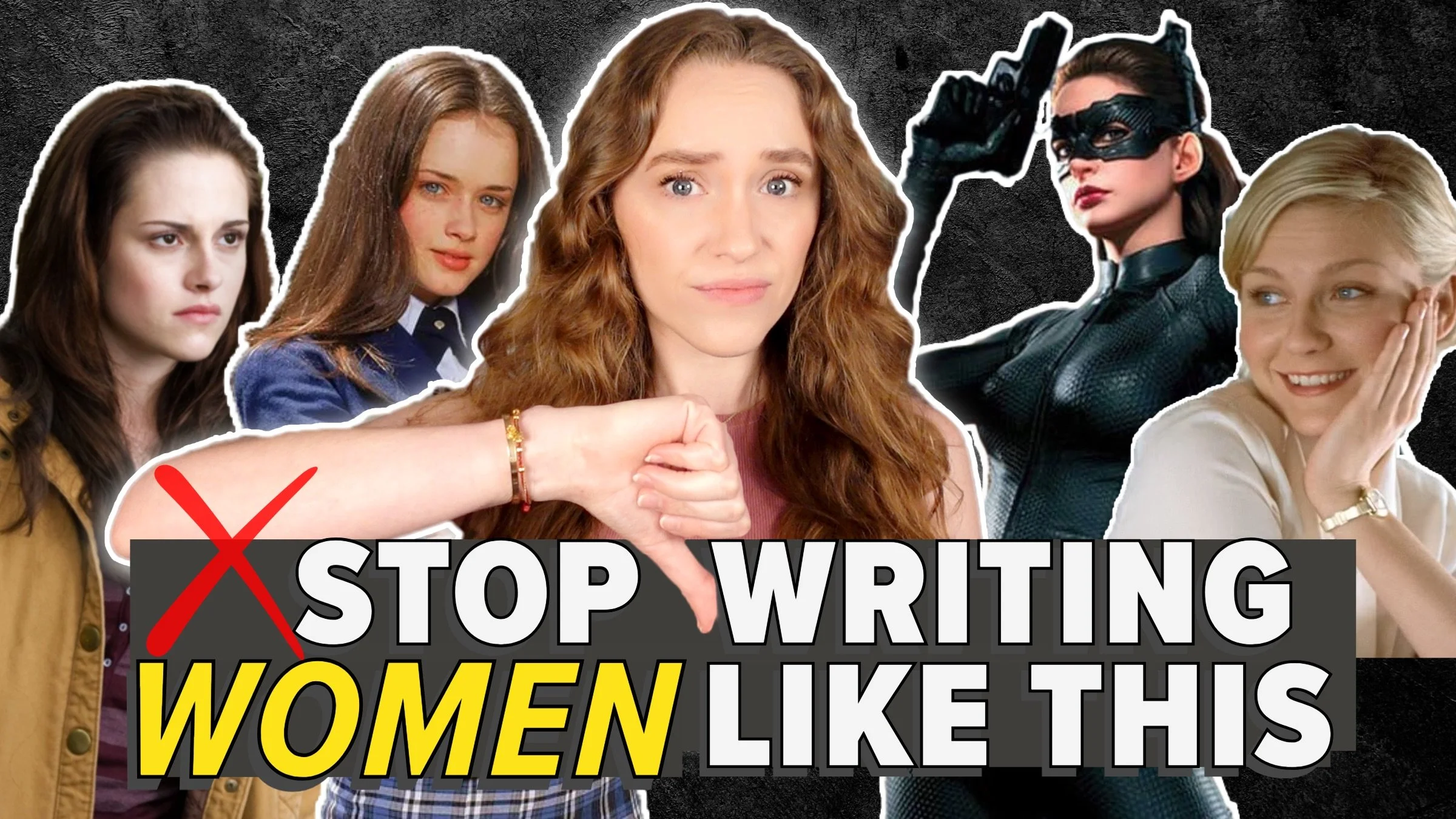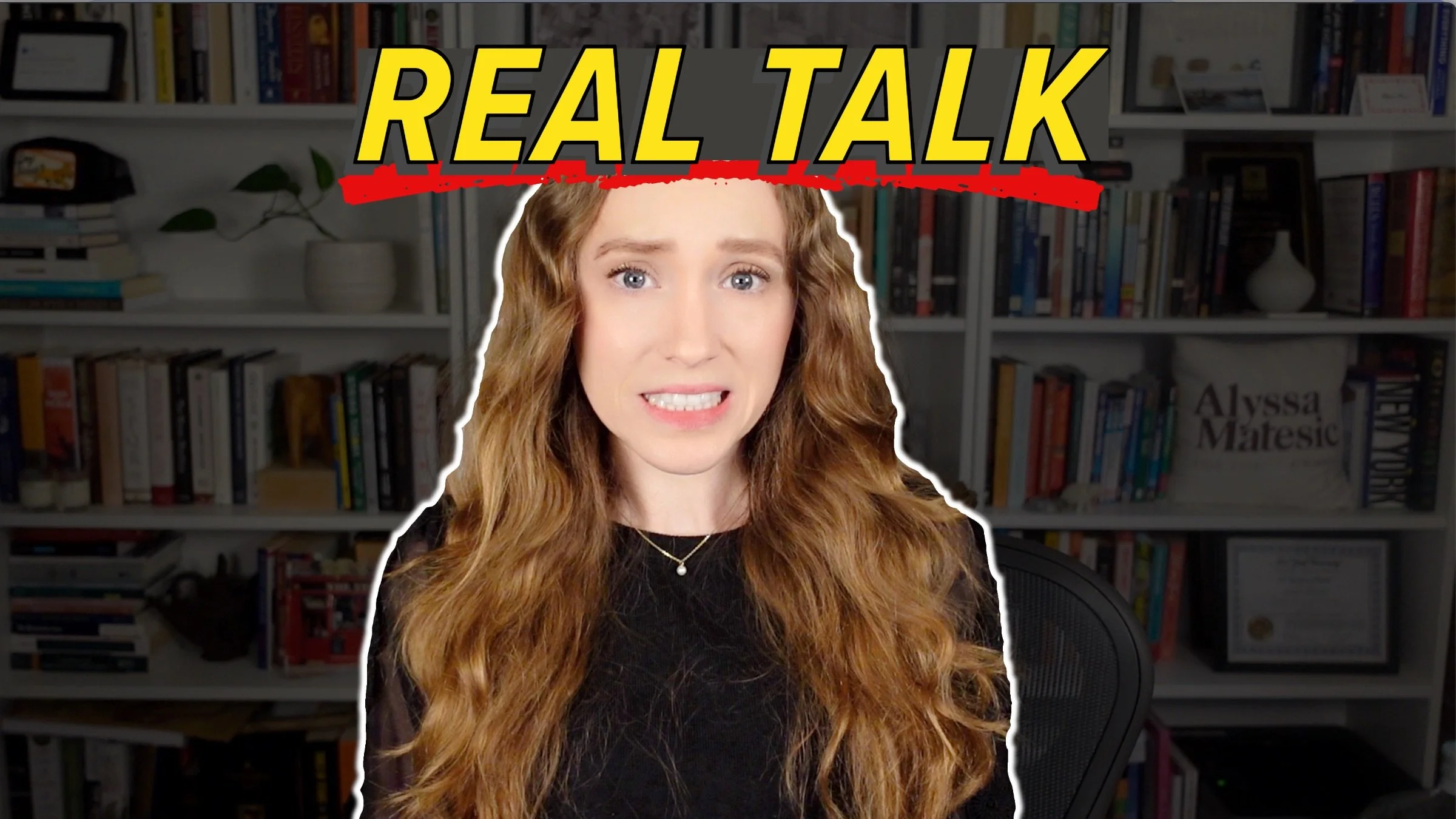How to Open a Query Letter: These Query Letters’ Killer Openings Got Agents
HIT PLAY OR READ THE POST BELOW:
The opening of your query letter can make or break whether an agent is interested in reading more of your manuscript. So, how do you open a query letter effectively? Today, I'm going to show you three real query letter examples that got literary agents. Each one used a different query letter opening strategy that you can try to use in your own work to make your query letter as strong as it can be.
This is the third installment in my successful query letter series — you can see more successful query letter examples here and here. I'm excited to bring you even more examples from real authors who went through the querying trenches just like you.
Today, we're going to focus specifically on different query letter opening strategies you can use in your plot blurb section to make sure that you're enticing the agent right from the start. If your current query isn't getting any bites, consider trying one of these strategies in the opening sentence of your query letter.
Query Letter Killer Opening #1: Edward Ashton
Let's dive into the first example of how to open a query letter. This one comes from international bestselling author Edward Ashton. His most recent novel is Mal Goes to War. He's repped by Paul Lucas at Janklow & Nesbit.
Over the course of Three Days in April, Anders Jensen learns some important life lessons:
Cyborgs are cheapskates. If one offers you a ton of money for what seems like a simple consulting gig, run.
Data thieves make bad roommates. If you live with one, keep your family photos in a storage locker at the bus depot.
The guy at the donut shop gives everyone thirteen donuts when they order a dozen. He doesn’t really like you.
If you find yourself in a love triangle with a barista who might also be a ninja, and a short-tempered Neanderthal — go with the cave lady.
In a world divided between the genetically engineered elite and the Homo sap masses, Anders is an anomaly: heavily modified, but still living in a rented room next to a crack house. All he wants is to finally land a tenure-track faculty position, and maybe meet a nice chimera — but when a nightmare plague rips through Hagerstown, he finds himself dodging kinetic energy weapons, rioting Homo saps, and a donut store clerk who’s not as polite as he seems, all while trying to avoid his new girlfriend’s government assassin ex. As Baltimore descends into chaos, Anders has three days to discover what really happened to the people of Hagerstown, before simmering tensions between the engineered and the un-modified erupt into open warfare.
Three Days in April is my first novel, and is complete at 89,000 words. I am currently hard at work on my second. My publication history includes the novella September Dogs (underwritten by a grant from the Loyola Council for the Arts) and over a dozen short stories, which have appeared in venues including InterText, The Lowell Review, The Brownstone Quarterly, and Louisiana Literature. I have also authored numerous scientific articles, as well as four graduate-level medical texts.
The plot blurb in this query letter really stands out because it's written in a distinct narrative voice that mirrors the voice we are going to encounter in the novel. The first line makes us eager to learn what those lessons are that the protagonist learned, and after outlining those, the author goes on to introduce some intriguing worldbuilding details with the line “in a world divided between the genetically engineered elite and the Homo sap masses”.
Something else that stands out here is that the author very clearly identifies the protagonist's objective in the line “all he wants is to finally land a tenure-track faculty position.” This gives us a good sense of who our main character is and what they're working toward, which naturally makes us intrigued and invested in seeing where their journey goes.
Two super interesting points about this query letter: you'll notice that there are no comp titles, and also the author doesn't specify a genre for this novel. I do typically recommend including both of those pieces in your query letter, but this query letter goes to show just how important a strong plot blurb is and how far it can take you. The entire letter clocks in at just 305 words.
Query Letter Killer Opening #2: Lina Chern
Let's see what the second example is all about. This comes from Lina Chern, who's the author of Play the Fool, which came out last year and won the Mary Higgins Clark award. She's repped by Joanna McKenzie at Nelson Literary Agency, and note that her book had a different title when she was querying.
Thank you for requesting my Pitch Wars manuscript HOT STREAK. Complete at 99,000 words, HOT STREAK is a standalone mystery with series potential.
For cynical tarot reader Katie True, a keen gut and quick wit are just tools of the trade. But when a tarot reading gone wrong reveals her sly goth friend Marley’s murder scene behind the mall where they both work, Katie’s razor-sharp instincts are put to a deadly test.
Hot on the trail of the small-time suburban mobster Marley was dating, Katie starts stacking up clues: a stolen bag of cash, an old high school yearbook, and a cheap locket that may hold the key to Marley’s murder. Jamie Roth, a soft-spoken local cop, is skeptical of Katie’s breakneck DIY sleuthing, but her oddball energy draws him in, and soon the pair can’t stay away from the case—or each other.
But the truth has deadly consequences, and Katie’s recklessness lands her in the crosshairs of the mobster’s second-rate crime crew, as well as a shadowy organization pulling strings behind the scenes. Now Katie must use her street-smarts and her inner Strength card to get all the facts to fit, or risk losing everything she’s worked for—her newfound confidence, her budding romance with Jamie, and even her life.
My crime fiction has been published by Fahrenheit Press and Mystery Weekly. Other work appears in the Marlboro Review, the Bellingham Review, Rhino, the Collagist, Black Fox Literary Magazine, and the Coil.
Thank you for your time and consideration. I look forward to hearing from you.
At the top of this query, you'll note that the author mentioned Pitch Wars, which was a mentorship program designed to connect emerging authors with established authors who could help them develop their novel. This program has since shut down.
Looking at the plot blurb, what stands out to me are the character details the author includes. In the first line, we get “cynical tarot reader Katie True,” which immediately gives us a sense of the protagonist's persona. We also hear about the secondary characters in the lines “sly goth friend Marley” and “Jamie Roth, a soft-spoken local cop.” All of these give us a sense of the personalities that populate the novel and make us eager to learn more about them.
I also like how this query letter pretty much perfectly balances the overarching mystery plot line with the romantic plot line. Both of them are mentioned in the query letter, and we get a sense of how those two interlock and how the storylines are connected across the narrative. In this way, we're not only intrigued to see how the mystery will play out but also how the romance will end. Just like the last query letter, there are no comps in this one, and it clocks in at 258 words.
Query Letter Killer Opening #3: Jasmin Iolani Hakes
Let's dive into the final example to see how this author opened the query letter. This comes from Jasmin Iolani Hakes, the author of Hula, which came out last year. She is repped by Sarah Bowlin at Aevitas.
Two hundred years ago, Christian missionaries convinced the Hawaiian royal family to outlaw hula on the grounds that it was immodest, promoted lasciviousness, and laced with superstitions that revered pagan idols. But hula was how the Hawaiian people passed down their family stories, their legends and myths. Hula explained the phenomena of their world and reinforced the rules of their culture. One hundred fifty years later, Hawaii’s culture faced a new challenge: to survive the heavy thumb of American statehood.
Hi’i doesn’t need a reminder that her island is composed of two worlds. Every day, she wakes up on Hawaiian Homelands, territory claimed by the Hawaiian Sovereign Movement in protest of the illegal occupation of the Hawaiian Kingdom and walks to her school in America. She waits eagerly to be old enough to start training to be the next Miss Aloha Hula, when she can show the world where her loyalty and allegiance will always reside. Hula is her destiny, her inheritance, her legacy. Her grandmother was the famed hula teacher Hulali Naupaka, her mother the very first Miss Aloha Hula. But when the true origins of her birth reveal themselves, her place in the world disappears. Everything she thought she knew for certain is suddenly in question. What is a Hawaiian? And who gets to say?
HULA is a 92,000-word work of fiction. It won the award for Best Fiction at the Southern California Writers Conference in 2018.
Jasmin Iolani Hakes was born and raised on the Big Island of Hawaii. She started dancing hula when she was three years old. She is a public speaker and political consultant based in California, where she helps women shape their narratives to empower them to run for office. Her memoir-in-progress was a finalist for the Kore Press Memoir Award. An excerpt was featured in the Los Angeles Times. She was the recipient of a 2018 Hedgebrook residency.
Thank you for your time and consideration.
Most plot blurbs will open with a description of the main character and the situation that they're facing. This one takes a different approach in that it gives the reader a sense of the landscape that the main character is operating within, which is so crucial to her journey. The author's giving a bit of exposition here, providing details on the history of hula and the history of Hawaii. Because this cultural context is so critical to the story and the character's journey, it makes sense to open the query letter with it, and it may also teach the reader something that they didn't know about the history of Hawaii and hula as well.
I really like how the author presents the protagonist, Hi’i’s, internal conflict that she faces. We're told exactly what her goal is as well as what conflict gets in the way of her achieving that goal. Like the first query letter that we went through, there's no specific subgenre listed; the author just presents it as fiction. And like all three query letters today, there are no comp titles listed. The total word count of the query letter comes out to 323 words.
How to Open a Query Letter: 3 Strategies for Your Query Letter Opening
Now that we've gone through all three query letter examples, let's break down each of the three opening techniques that they used.
1. Raise a question
In the first query letter, the author poses a question of sorts to create intrigue. Here's that first line:
“Over the course of Three Days in April, Anders Jensen learns some important life lessons:”
Naturally, the agent is going to want to know what those important life lessons are, which makes us want to dive deeper into the plot blurb.
2. Open with character
The second query letter does a great job of opening with character and establishing the status quo of their life. This helps us form an immediate connection to the protagonist and makes us intrigued to see how their life is going to get upended by the events of the story. That opening line reads:
“For cynical tarot reader Katie True, a keen gut and quick wit are just tools of the trade.”
We don't yet know where the story is going, but we can sense that Katie's life is going to change forever and that her role as a cynical tarot reader is going to play a part in that.
3. Establish setting detail
And finally, the third query letter example opens with some expository detail that sets the stage on which the story takes place:
“Two hundred years ago, Christian missionaries convinced the Hawaiian royal family to outlaw hula on the grounds that it was immodest, promoted lasciviousness, and laced with superstitions that revered pagan idols.”
This approach lays the groundwork for the historical conflict that will play into the plot of the story and may also teach the reader something that they don't know about this particular piece of history.
You can see that these three approaches are so different, yet each are extremely effective in their own way.
Thanks so much for reading, and happy writing!






